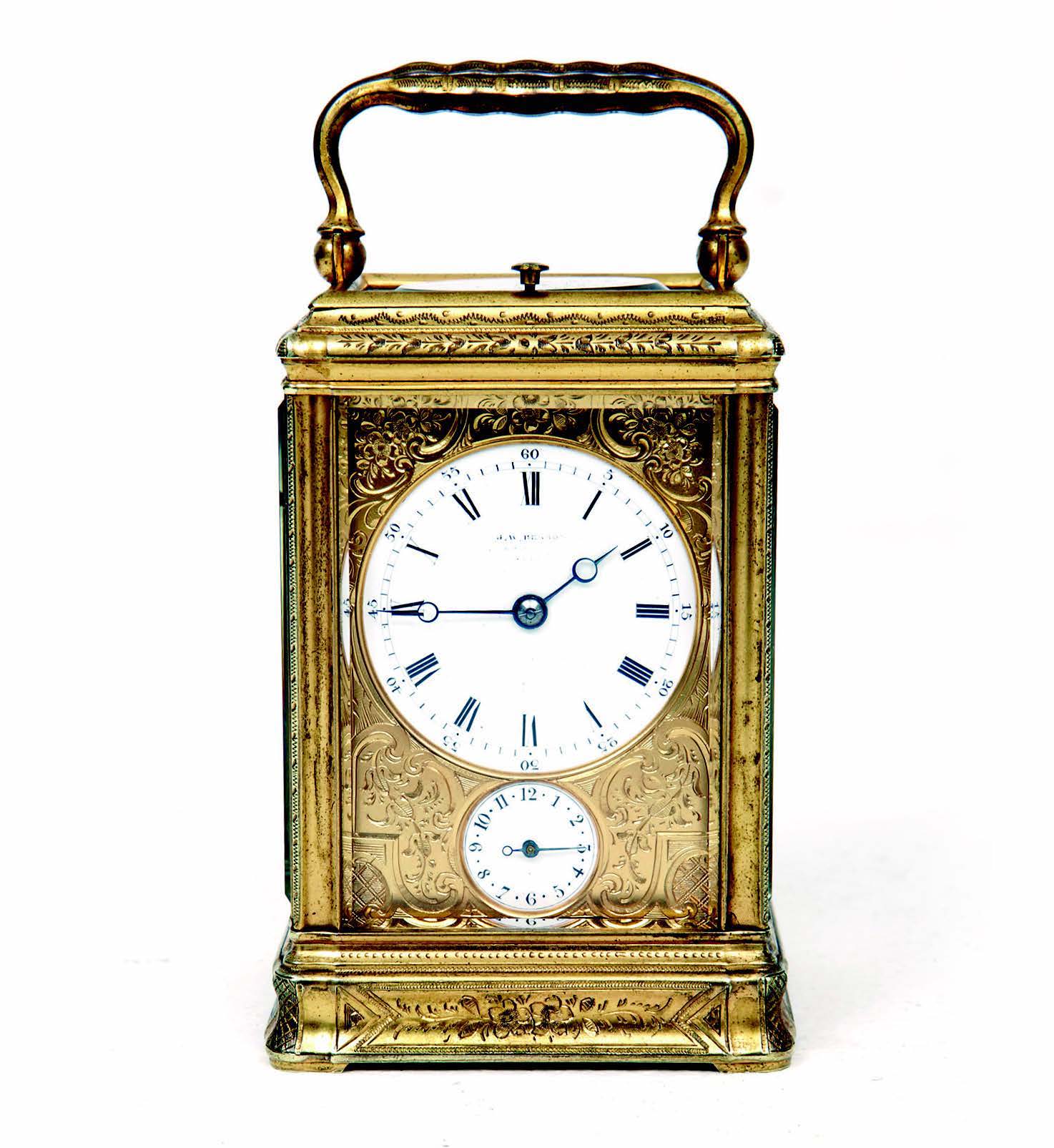Guide to Buying Antique Clocks – Lennox Cato

 BBC Antiques Roadshow specialist and dealer Lennox Cato always has time for antique clocks, and there is one to tick everyone’s box
BBC Antiques Roadshow specialist and dealer Lennox Cato always has time for antique clocks, and there is one to tick everyone’s box
I do not see myself as a romantic, but there is something about the sound of a ticking clock that slows me down and relaxes me. Most of our parents and grandparents would have had clocks or a barometer hanging on the wall.
For me, it is part of the fabric of a home adding character and atmosphere, not to mention the sound of a striking of a bell cometh the hour.
Unfortunately, in many modern homes, timepieces are becoming rarer, as their function is incorporated into mobile phones and electrical appliances. Some homes today are almost silent except for the hum of computers.
Antique Clocks – Turn Back Time
With the advent of technology, certain traditions are being lost, possibly forever. When did you last see someone tapping the wheel barometer in the morning to see if the weather is set fair or not? Or pull up the chain on a 30-hour clock to carry on its momentum? Not to mention the once-a-week ritual of winding an eight-day duration clock – usually carried out on a Saturday by the head of the family.

Although I am mainly known as ‘the furniture man’ I also have a passion for other specialisms, including clocks. Over the years I have met many clock collectors who are obsessed with seeking out the best possible clocks they can buy.
They are intrigued by the workings and designs and become incredibly knowledgeable as they handle more and more.
While I do know of some keen, young horologists who advertise their antique clocks and knowledge on Instagram, sadly, for the most part, these collectors are dying out.
Starting A Collection

If you do decide to take the plunge in this rewarding collecting sphere, what should you look for when making such a purchase?
Basically, the clock has to work in its intended space. I am the owner of a circular, white-painted, dial clock, often referred to as a school clock or station clock. This unpretentious timepiece has been with my wife and I since we purchased our first house in the ‘80s. So, for me it is very much a part of our home and family. It has hung on various kitchen walls adding character to the plainest of rooms. It has been a source of comfort with its gentle tick-tock in the background.
Rather than opting for a number of ordinary timepieces, my advice, as always, is to acquire a modest collection of good quality clocks. I always suggest an odd number, say seven or nine. One friend has clocks in nearly every room and most cupboards. He rotates the smaller ones to other spaces and rooms. When he showed me his collection, he opened a cupboard and found clocks he had completely forgotten about – an example of an extreme collector.
Times Past
When I started dealing back in the late ‘70s and early 80s, the Regency rosewood, or mahogany, cased bracket clock with brass inlaid decoration was the height of fashion.
Tastes have since changed and these big, statement, bracket clocks no longer fit today’s taste or lifestyle, mainly because they are too large for today’s average mantelpiece or just don’t sit comfortably in a contemporary interior.
What is highly sought after today is the small 18th-century, or earlier, table library clock. Small is best, the earlier clocks strike a bell and are usually made by a well-known or listed clockmaker.

Carriage Clocks
Carriage clocks remain as popular as ever as they are small, neat and can fit into a variety of rooms. If you have a large budget, I will always suggest buying an English carriage clock as they are rarer and more sought after. Alternatively, the classic French carriage clock is a good buy and comes in a multitude of designs.

Like all purchases, look who you are buying from. Make sure the seller has a great reputation in their field of knowledge, as well as integrity. Generally, they will provide a year-long guarantee. When buying a clock or barometer try before you buy and always buy the best you can. If your financial position changes for the better, then most certainly trade up.

Silent Treatment
I cannot finish this article without mentioning electric clocks. Originating from the mid-19th century through to the 1970s, there are some very interesting electric clocks to be found.
I would strongly advise you visit The Clockworks based in South London, which has a collection of electrical clocks and, of course, there is the world-famous Science Museum.
Seeing and experiencing such antique clocks can put a new prospective on the ‘quiet’ clock we have all experienced, in schools, public buildings, and factories. Electric versions led to the quartz clock which was virtually silent. It all depends on which clock ticks your boxes.
Lennox Cato is a specialist on the BBC’s Antiques Roadshow and owns Lennox Cato Antiques, for more details go to www.lennoxcato.com

